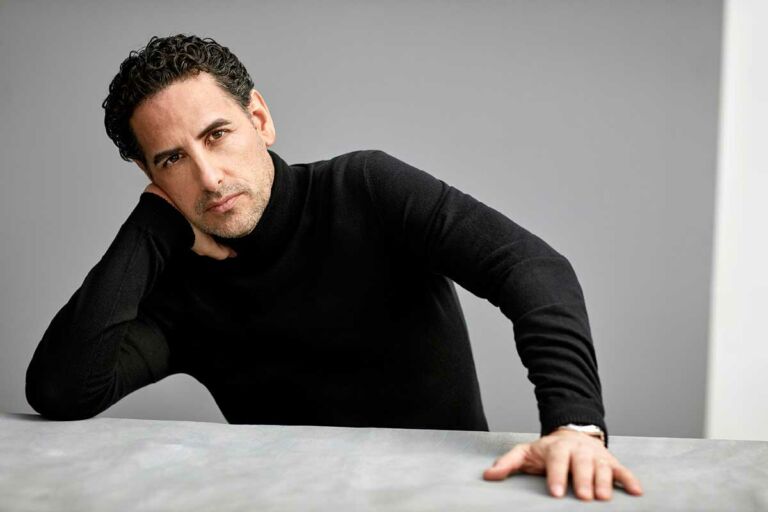Wolfgang Amadeus Mozart’s intriguing, tragic and monumental Requiem in D minor in performance always brings with it a frustration that we can’t know how it would have presented had Mozart’s death in December 1791, which he divined in its writing, not prevented him completing it.
The rehabilitated version finished by Mozart’s close collaborator and student Franz Xavier Süssmayr, at widow Constanze’s wish, is a fine effort, yet we are left to wonder.

Canberra Symphony Orchestra: Mozart’s Requiem. Photo © Martin Ollman
Canberra Symphony Orchestra Guest Conductor Erin Helyard takes time to set the scene for the Requiem. The first two contrasting pieces in the concert program encourage the audience to listen and hear how composers structure works to set a scene and mood. The teenage Mozart’s effervescent and playful Divertimento in D Major is played in its three contrasting movements by the CSO in chamber orchestra setting. Distinctions between the spirited Allegro, the more lilting and reflective Andante and the resolute but light-hearted Presto are brought out beautifully in well-considered tempo variations...
Continue reading
Get unlimited digital access from $4 per month
Already a subscriber?
Log in










Comments
Log in to start the conversation.